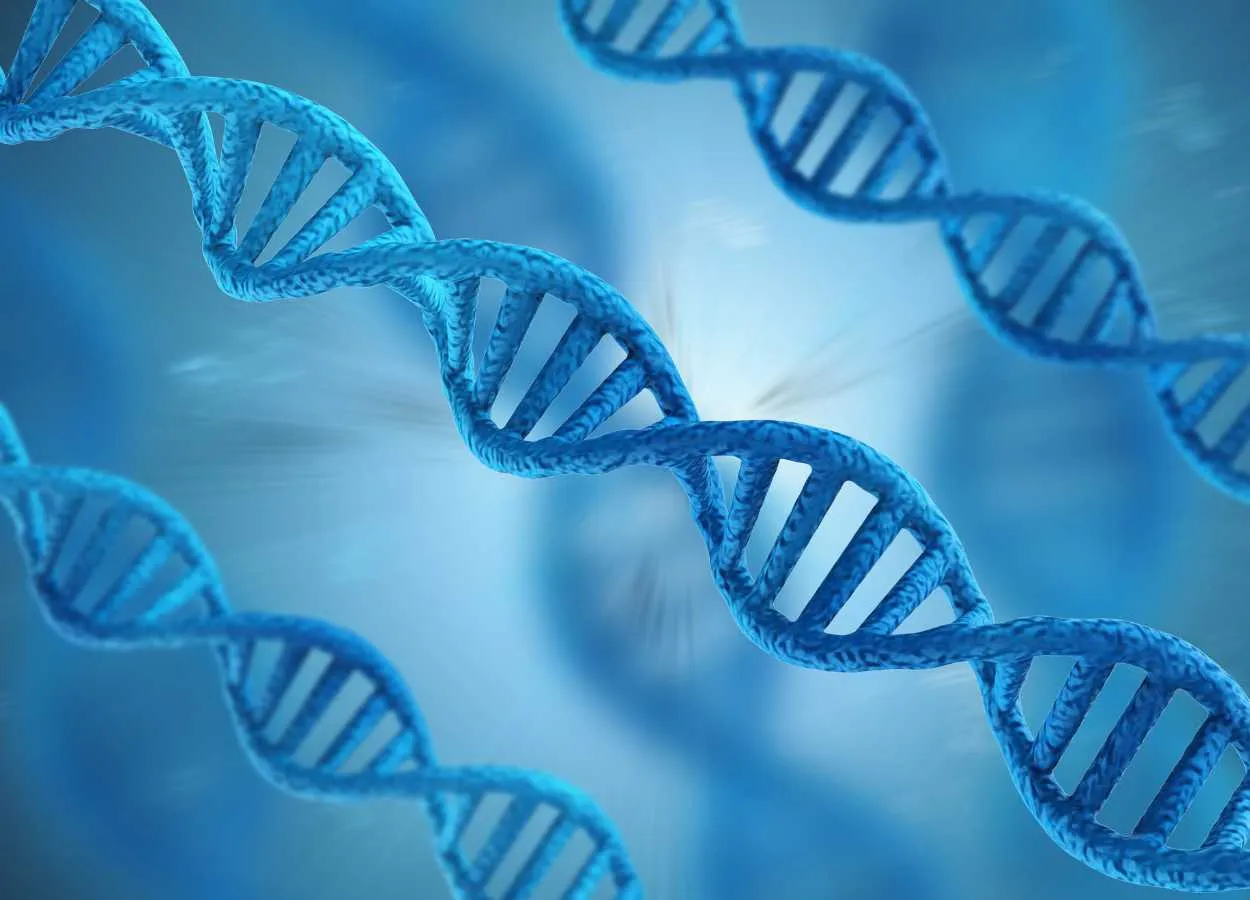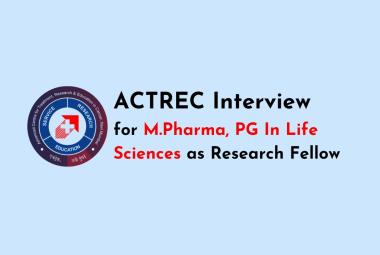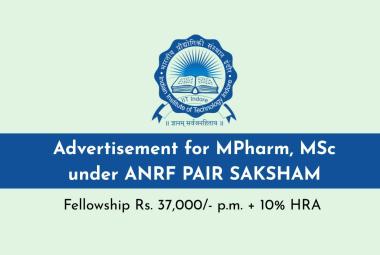A recent study by researchers at the Technical University of Munich (TUM) has uncovered a molecular mechanism that may explain how inflammation leads to neurodegeneration in patients with multiple sclerosis (MS). Published in Nature Neuroscience, the findings provide valuable insight into the pathophysiological cascade that connects immune activation to neuronal cell death, an area of critical interest in the management of progressive MS.
The research team focused on the role of microglial cells, the resident immune cells of the central nervous system, which become activated in response to inflammatory stimuli commonly seen in MS. They discovered that these activated microglia produce elevated levels of quinolinic acid, a neurotoxic metabolite of the kynurenine pathway. Quinolinic acid was shown to impair mitochondrial function in neurons, leading to oxidative stress, energy failure, and ultimately, neurodegeneration.
Professor Thomas Korn, lead investigator, noted that this study clarifies a direct link between CNS inflammation and neuronal injury, which has long been suspected but not fully understood. The mitochondrial dysfunction induced by quinolinic acid creates a self-perpetuating cycle of damage that can continue even in the absence of overt inflammation, an important consideration for patients transitioning from relapsing-remitting to progressive forms of MS.
These findings have significant therapeutic implications. Targeting quinolinic acid synthesis, modulating the kynurenine pathway, or enhancing mitochondrial resilience may represent new strategies to mitigate neurodegeneration in MS. This is particularly relevant in patients where conventional immunosuppressive therapies have limited impact on long-term disability progression.
The study underscores the importance of continued investigation into the metabolic and immunological interface in neuroinflammatory disorders. As MS treatments evolve, addressing both the inflammatory and degenerative components will be essential for comprehensive disease management.








